Retro Replay Review
Gameplay
Nobunaga’s Ambition II places you in the driver’s seat of a 16th-century feudal lord, challenging you to unify Japan through a delicate balance of diplomacy, economic management, and warfare. Each turn represents one month, and key events like rice harvests and tax collection punctuate the yearly cycle. You’ll begin by developing your fief—investing in agriculture, improving infrastructure, and recruiting samurai to grow your domain’s resources and stability.
(HEY YOU!! We hope you enjoy! We try not to run ads. So basically, this is a very expensive hobby running this site. Please consider joining us for updates, forums, and more. Network w/ us to make some cash or friends while retro gaming, and you can win some free retro games for posting. Okay, carry on 👍)
The heart of the game lies in its intricate samurai management system. With over 400 historical warriors on your roster, each general and governor brings distinct attributes—War, Politics, Ambition, Charisma, and Loyalty—plus battlefield skills like Arms Level and Unit Type. Actions cost “Body Points,” a resource that regenerates based on a character’s Political skill. Deciding whether to push a campaign forward or let your troops rest becomes an absorbing puzzle of timing and resource allocation.
When diplomacy fails, battlefield tactics take center stage. Armies deploy on a hex-based field where terrain, unit type, and leadership matter. Infantry can ambush across the open map, cavalry charges can shatter enemy formations, and rifle units bring devastating ranged firepower. Sieges add further tension: you must breach castle walls or outlast defenders within a 30-day limit, all while monitoring dwindling food supplies. These layered systems ensure that every military decision feels meaningful and dramatic.
Beyond combat, strategic depth emerges from character events—assassination attempts by ninjas, natural deaths, and court intrigues. Should your daimyo fall, you select a successor and carry on, preserving dynastic continuity or plunging into new leadership challenges. Between managing village farmers and commanding armies on the field, Nobunaga’s Ambition II delivers a rich, multi-faceted gameplay experience for strategy enthusiasts.
Graphics
For its era, Nobunaga’s Ambition II presents a clear, functional visual style that supports its complex mechanics. The main strategic map uses a muted color palette to distinguish provinces, roads, and resource centers without distraction. Each fief is outlined crisply, and icons for castles, towns, and troop movements are easily decipherable—vital when juggling dozens of domains across Japan.
During tactical battles, the hexagonal grid springs to life with simplified unit counters and terrain symbols. While animations are minimal—troops don’t charge across the screen in sweeping gallops—the game compensates with clear feedback on movement ranges, attack outcomes, and fortification strengths. Castle walls, rivers, and open fields are all rendered in sufficient detail so players can plan sieges and ambushes with confidence.
The user interface, though dated by modern standards, remains intuitive for the 1988 landscape. Menus for recruitment, diplomacy, and development present all relevant statistics in tabular form, letting you assess samurai loyalty or army readiness at a glance. Sound effects are sparse—mostly simple beeps and chimes to signal phase changes—but occasional jingles and victory tones help punctuate major events.
While there’s no sweeping orchestral score or lush pre-rendered cutscenes, the graphics serve their purpose: they convey a sprawling strategic theater and highlight key military maneuvers. For fans of retro strategy, this visual presentation feels authentic and functional rather than flashy, allowing seasoned commanders to focus on tactics and policy instead of eye candy.
Story
The narrative framework of Nobunaga’s Ambition II is rooted firmly in the turbulent Sengoku (Warring States) period of Japan. Two scenarios kick off the historical drama: “Warlords: 1560 A.D.,” where 28 rival daimyo prepare for all-out conflict, and “Nobunaga’s Ambition: 1582 A.D.,” charting Oda Nobunaga’s meteoric rise to power. Choosing a clan or lord immediately immerses you in regional rivalries that set the stage for alliance making and betrayals.
Rather than following a linear storyline, the game weaves emergent tales through your decisions. Will you negotiate peace with the Takeda, or press an all-out invasion? Can you outmaneuver the Hojo clan at sea, or will you be forced into a desperate castle defense? Each campaign evolves uniquely, shaped by your approach to governance and the fortunes of war. The possibility of sudden samurai rebellions, covert ninja attacks, and shifting loyalties keeps the narrative alive over dozens of in-game years.
The inclusion of detailed samurai profiles adds personal touches to the broader political saga. Seeing your most trusted general’s Loyalty score plummet after a rival’s bribe—or watching a charismatic retainer rally demoralized troops—injects small but significant story beats. Even if you’re familiar with the historical Oda, Takeda, and Uesugi clans, your journey through feudal Japan will feel fresh each time you play.
Ultimately, the story of Nobunaga’s Ambition II is what you make of it. There’s no single “correct” path to unify Japan, and the interplay of diplomacy, economy, and warfare generates countless alternate histories. The game becomes a canvas for your own feudal chronicles, offering high replay value and a persistent sense of narrative discovery.
Overall Experience
Nobunaga’s Ambition II remains a cornerstone of grand strategy gaming. Its layered mechanics—from province development and samurai management to tactical sieges—create an addictive loop that rewards long-term planning. While the learning curve can be steep, especially for newcomers to hex-based wargaming, the depth of choices ensures that no two campaigns play out the same way.
The historical authenticity, bolstered by hundreds of real samurai and accurate clan territories, gives the game undeniable educational value. Casual players may find the interface austere, but those craving substance over spectacle will appreciate how every policy decision ripples across your domain. The absence of modern graphical flair is more than made up for by the richness of the strategic tapestry.
As a sequel, Nobunaga’s Ambition II refines its predecessor’s core ideas while adding layers of character management and battlefield nuance. Although later entries in the series would introduce more advanced graphics and streamlined UI, this installment’s balance of complexity and accessibility still holds up. It’s ideally suited for history buffs and strategy veterans seeking an authentic plunge into the art of war and governance.
For anyone intrigued by feudal Japan’s power struggles and the intellectual challenge of unifying a fractured land, Nobunaga’s Ambition II offers a satisfying journey. Its depth, historical scope, and emergent storytelling have cemented its legacy as a must-play classic in the strategy genre.
 Retro Replay Retro Replay gaming reviews, news, emulation, geek stuff and more!
Retro Replay Retro Replay gaming reviews, news, emulation, geek stuff and more!
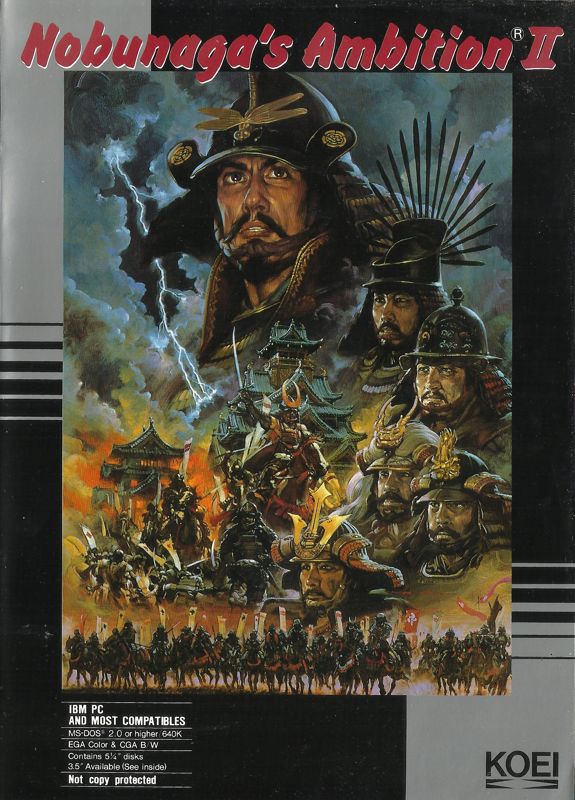
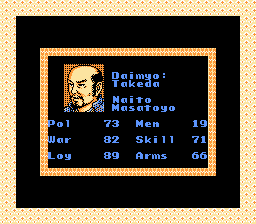
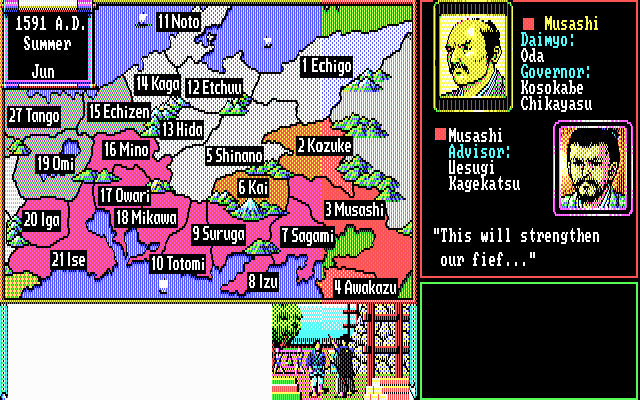
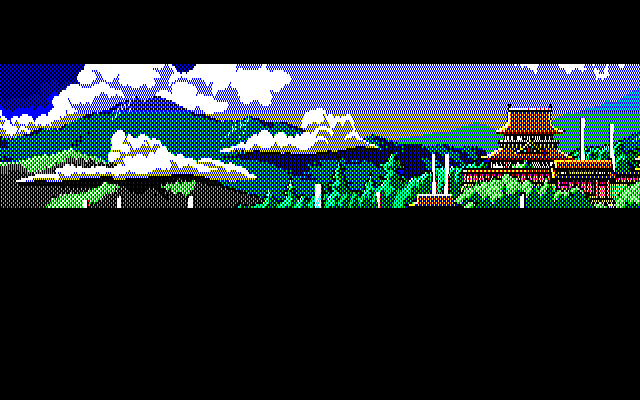
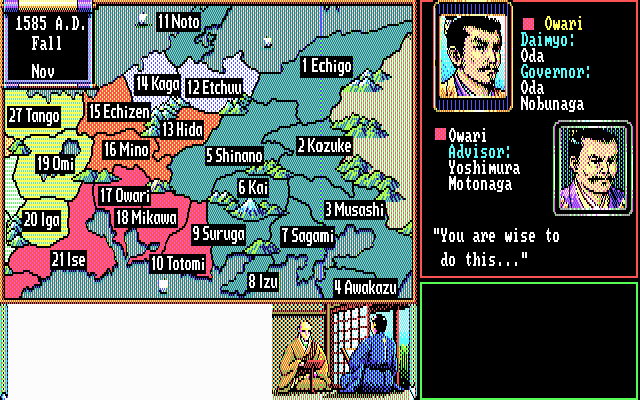
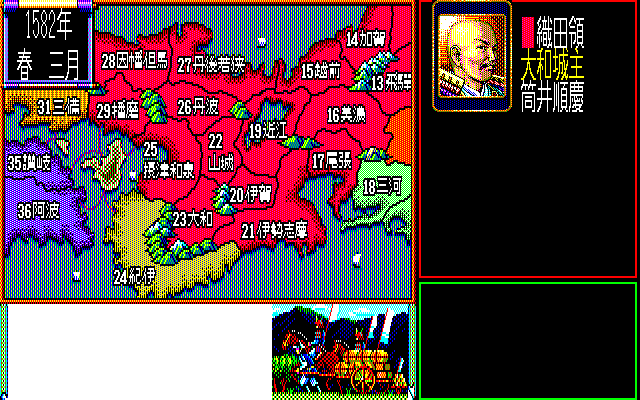



Reviews
There are no reviews yet.